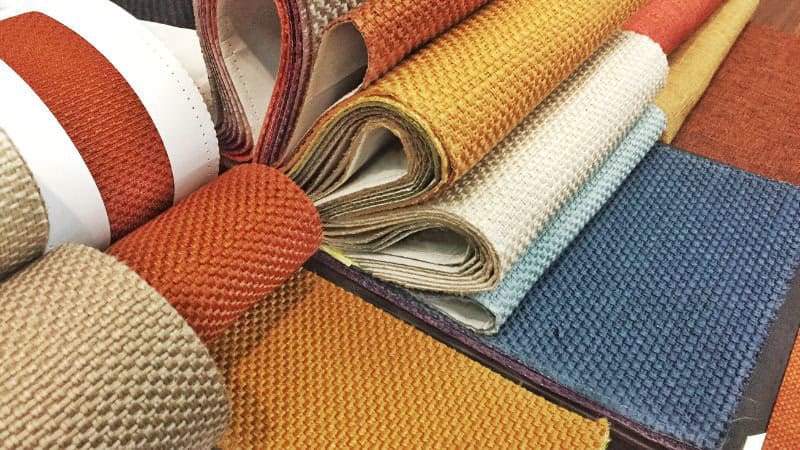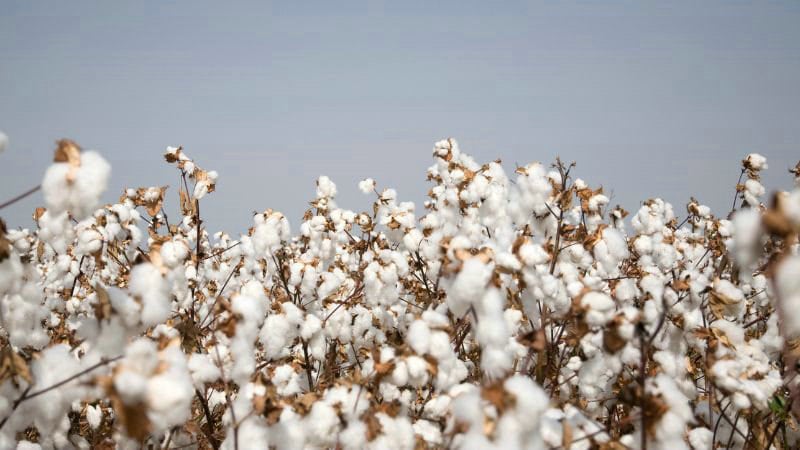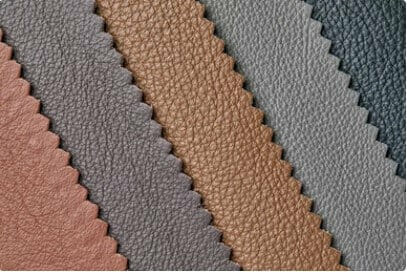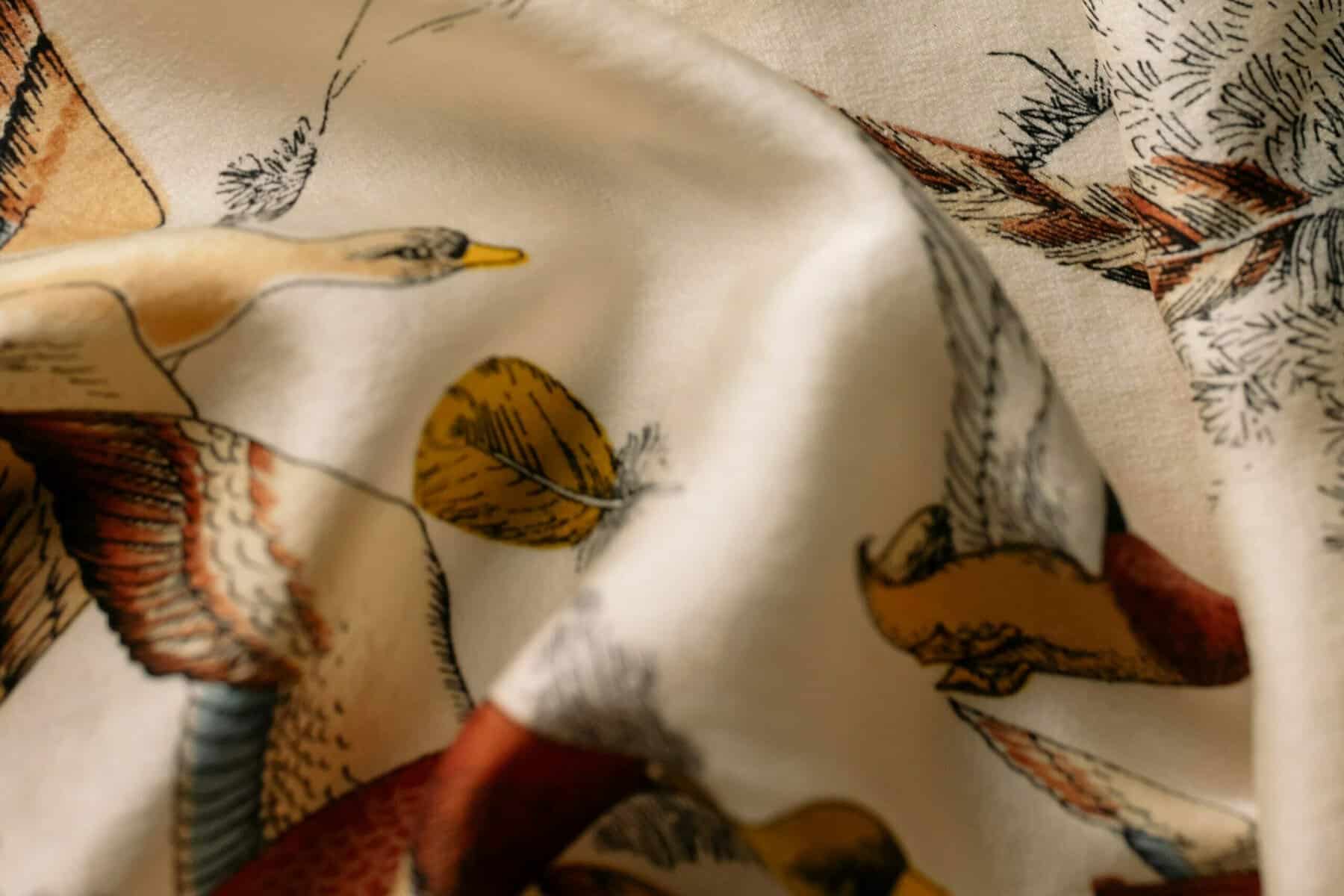When it comes to decorating your home or outdoor living area, selecting the right fabric is crucial for both style and functionality.
Indoor and outdoor fabrics are designed to serve different purposes and withstand various environmental factors. Understanding the key differences between these two types of fabrics will help you make informed decisions when choosing materials for your space.
In this article, we will explore the characteristics of indoor and outdoor fabrics in detail, highlighting their unique properties, benefits, and drawbacks.
We will also provide guidance on how to choose the right fabric for your specific needs, taking into account factors such as durability, comfort, style, and maintenance requirements. By the end of this article, you will have a better understanding of the difference between indoor and outdoor fabrics and be equipped to make the best choice for your space.
What are Indoor Fabrics?
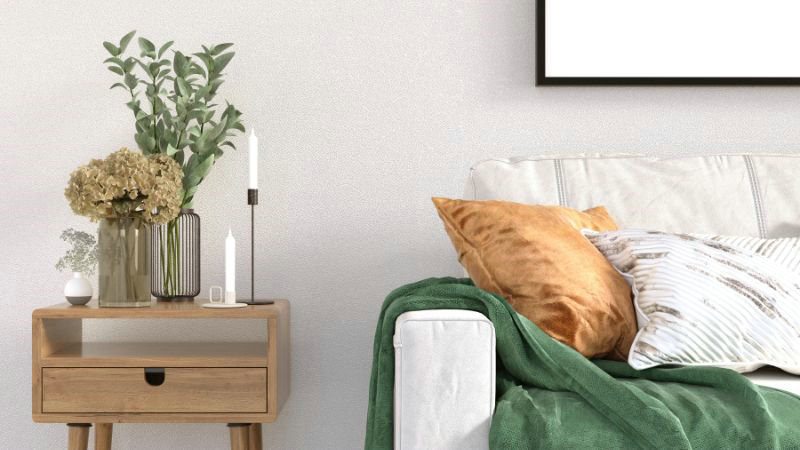
Indoor fabrics usually are designed to prioritize comfort and aesthetic appeal, making them ideal for creating cozy living spaces within your home. They’re chosen with close contact and daily interaction in mind, often covering the surfaces of furniture like sofas and pillows where you seek relaxation.
When selecting indoor upholstery fabric for your furniture, softness and comfort are the two things you must consider.
These materials, ranging from plush velvet to smooth satin, are intended to be gentle on the skin, providing a pleasant tactile experience.
Consider the following textiles often used for indoor furniture:
- Linen: Known for its natural, elegant look and excellent breathability, making it a popular choice to use indoors.
- Cotton: A versatile option that’s often soft to the touch and offers comfort, cotton can be used for a wide range of indoor upholstery applications.
- Silk: Providing an upscale look and feel, silk is traditionally chosen for its luxurious texture and sheen.
Textures vary greatly across indoor fabrics:
- Smooth: Fabrics like microfiber or suede offer a sleek surface that’s pleasant against the skin.
- Woven: Textiles with a weave pattern, like twill or herringbone, provide a distinct, tactile experience with added visual depth.
What are Outdoor Fabrics
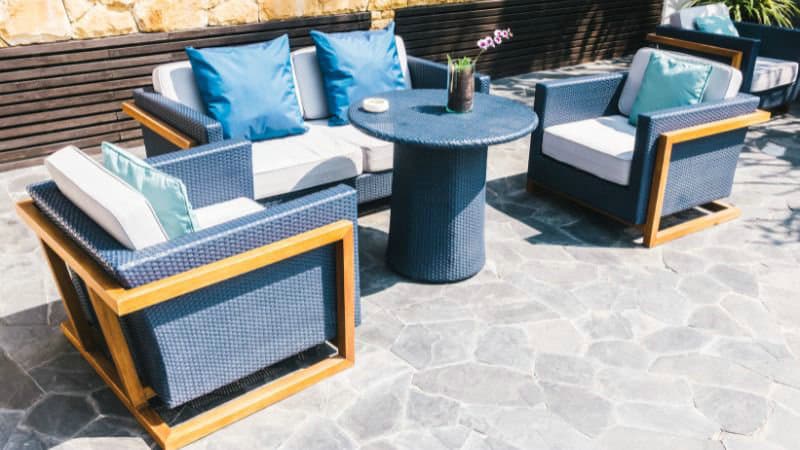
Outdoor upholstery fabrics have unique characteristics that set them apart from indoor fabrics, ensuring they meet the demands of exposure to the elements. These features include enhanced durability and specialized treatments that equip them for prolonged outdoor use.
1. Resistance to Weather Conditions: Your outdoor fabrics are built to withstand various weather conditions. They typically offer:
- UV Resistance: The ability to resist fading and degradation from the sun’s harsh rays. Many outdoor fabrics are treated with UV blockers or are made from UV resistant fibers like acrylic.
- Water Resistance: Outdoor materials often have waterproof or water-resistant properties, ensuring that the fabric doesn’t soak up rain and become prone to mold.
- Mildew and Mold Resistance: Given that outdoor furniture may be exposed to humidity and wet conditions, these fabrics are specifically treated to resist the growth of mold and mildew.
2. Fabric Composition: The materials used in outdoor fabrics are critical for their longevity. Solution dyeing is a process where the color is added to the polymer before it is extruded into yarn, embedding the hue deeply for a fade-resistant color.
- Solution-Dyed Acrylic: Often found in performance fabrics, it is known for its colorfastness and soft texture, resembling indoor fabric while still maintaining outdoor durability.
- Polyester: Another common fabric for outdoor use, polyester provides strength and flexibility, and when solution-dyed, it shows improved stain resistance and UV resistant to sun-induced fading.
3. Surface Treatments: To further enhance performance, outdoor fabrics may undergo treatments to improve protection. The surfaces are often:
- Stain Resistant: Making them easier to clean and maintain, an attractive attribute for poolside or dining furnishings.
- Bleach Cleanable: Some performance fabrics can even withstand cleaning with bleach without losing color, which is ideal for stubborn stains.
Using advanced technology, these performance fabrics combine practicality with a wide range of colors, patterns, and textures, ensuring your outdoor space is both stylish and durable.
What is the Differences Between Indoor and Outdoor Fabric
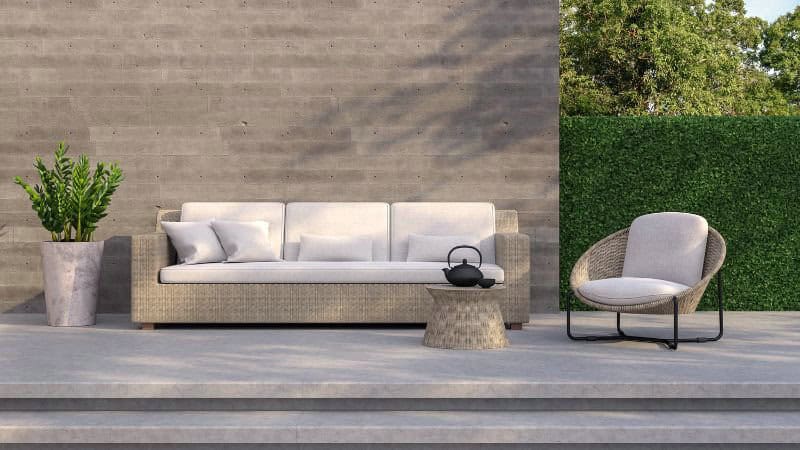
Outdoor fabrics prioritize durability and weather resistance, while indoor fabrics focus more on softness and comfort. However, high-quality outdoor fabrics can now look and feel very similar to indoor fabrics. The choice depends on the specific application and desired performance characteristics.
Here is a brief summary:
| Characteristic | Indoor Fabric | Outdoor Fabric |
|---|---|---|
| Durability | Less durable, can be damaged by water, sunlight, abrasion | Highly durable, resistant to weather, abrasion, wear and tear |
| UV Resistance | Lower UV resistance, prone to fading | High UV resistance, treated with UV stabilizers to prevent fading |
| Water Resistance | Absorbs water unless synthetic | Water repellent or resistant, sometimes waterproof |
| Mold/Mildew Resistance | Prone to mold/mildew growth | Treated to resist mold and mildew |
| Composition | Natural fibers (cotton, linen, silk, wool), synthetics (polyester) | Synthetic fibers (acrylic, polyester, polypropylene) |
| Softness/Comfort | Softer and more comfortable | Traditionally rougher, but improving with technological advances |
| Cleanability | Requires delicate spot cleaning or professional cleaning | Easy to clean – can be wiped down, hosed off, or covers removed for washing |
| Breathability | Breathability varies based on weave and material | Ranges from very breathable to less breathable |
| Style Options | Wide variety of colors, patterns, textures | Traditionally limited, but more options now available |
| Typical Uses | Upholstery, curtains, pillows | Patio furniture, umbrellas, awnings, outdoor cushions and pillows |
Frequently Asked Questions
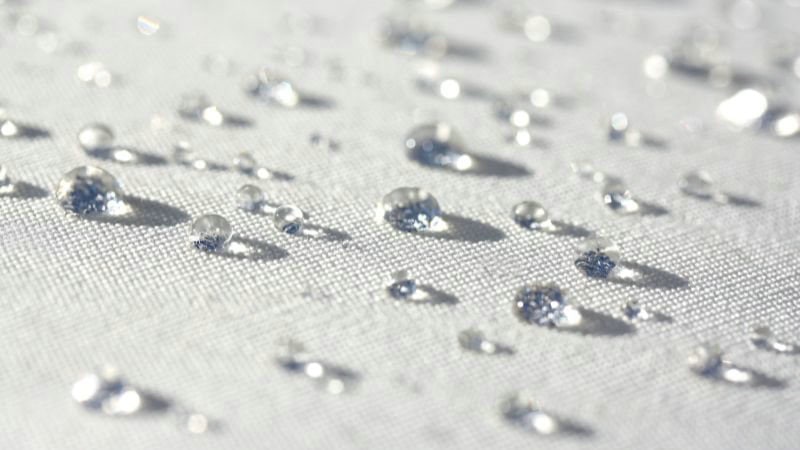
What are the characteristics that distinguish indoor and outdoor fabrics?
Indoor fabrics often prioritize comfort and texture, presenting a soft touch, while outdoor fabrics are crafted for durability and resistance to the elements, featuring materials like acrylic, polypropylene, and polyester with inbuilt UV stability.
How do I identify if my fabric is suitable for outdoor use?
Outdoor furniture fabrics will typically have specifications indicating UV resistance, water repellency, and mildew resistance. Labels or product details often specify if the fabric is intended for outdoor use.
Is there a difference in maintenance requirements between indoor and outdoor fabrics?
Outdoor fabrics require more frequent cleaning due to exposure to dirt and elements, but are often easier to clean due to their water-resistant and stain-resistant properties. Indoor fabrics might need more delicate handling depending on the textile.
Why might someone choose outdoor fabric for indoor furniture?
Someone may opt for using outdoor fabric indoors for its durability and ease of maintenance, especially in high-traffic areas or spaces exposed to spills and stains, benefiting from its robust characteristics inside the home.


